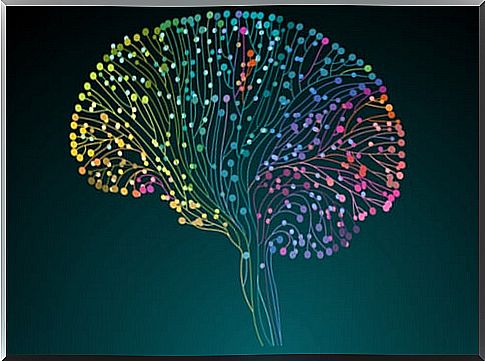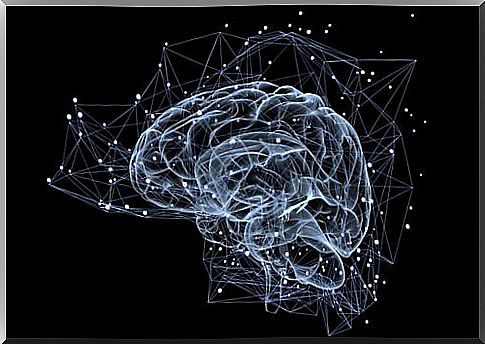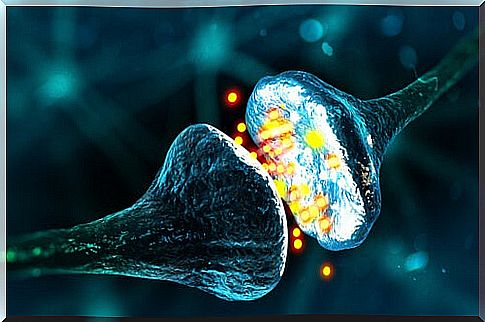The Human Connectome Project: Discovering Our Brain In Depth

The Human Connectome Project (HCP) was launched in July 2009 as a major challenge from the National Institutes of Health (NIH) plan, endowed with 21.3 million euros for five years. The main objectives of this project are:
- Provide a compilation of neural data.
- Offer an interface to graphically navigate this data.
- Draw conclusions never before made about the living human brain.
According to Hagmann: “ to understand how a network works, its elements and interconnections must be known (…). The connectome will greatly increase our understanding of functional emergent processes from brain structures and provide new insights into the mechanisms that the brain uses if brain structures are damaged. “
Now, before moving on: what is a human connectome? It is a mapping of the connections between neurons in the brain. Therefore, the aim of this project is to build a network mapping on the connectivity at both the anatomical and functional levels of the brain. That is, it is intended to know in detail all the brain circuits and their synapses.
In addition, not only that, but it is also intended to produce a data set that facilitates the investigation of different brain disorders.

What is intended with this project?
Currently, the National Neuroscience Research Plan of the National Institutes of Health is launching a $30 million project that will use cutting-edge brain imaging technologies to map the circuits of the healthy adult human brain.
By systematically collecting brain imaging data from hundreds of people, the Human Connectome Project (HCP) will provide insight into how brain connections underlie brain function and open new lines of research for human neuroscience.
Recent data and research
So far only one connectome is known : that of a nematode (cylinder worm). Its modest nervous system consists of 300 neurons. In the 1970s and 1980s, a team of researchers mapped your 7,000 interneuronal connections, that is, your connectome. Obviously, the human being is much more complex, since it has more than 100 billion neurons and 10 thousand times more connections.
New research from HCP team members suggests that brain circuits are organized more like Manhattan’s network of streets than London’s chaotic tangle of random roads. That is, in the same way that the map of Manhattan forms a perfect grid, our neural network is also ordered and aligned, instead of being tangled as previously thought.
Several recent findings based on neurovisualization data from the Human Connectome Project and psychological data show that individual differences in brain connectivity can reliably predict a person’s behavior.
Thus, it is believed that, in the future, such scans may help physicians to much more personalize the diagnosis and treatment of mental disorders, as the authors of these discoveries argue.

Conclusions and curiosities about the Human Connectome Project
The brain is still a complex organ that is in the focus of attention of many scientists when it comes to their studies, even for some it is still a black box about which little is known. For this reason, the Human Connectome Project is a good initiative, since it tries to clarify, with the best technological tools at its disposal, the functioning of the brain and its neural connections. In this way, we can eradicate many mental disorders.
Today, scientists know that many mental disorders, such as schizophrenia, are connectopathies; that is, diseases in which the wiring of the brain is abnormal. That is why we want to create a map of the human brain to help in the future cure diseases such as epilepsy, since knowing its network we can act.
Finally, if you are curious, at this link you can see an interesting interactive viewer that interprets the connectivity matrix data from the conference publication Anatomical Structural Network Analysis of the Human Brain Using Partial Correlations of Gray Matter Volumes. Anand A. Joshi, Shantanu H. Joshi, Ivo D. Dinov, David W. Shattuck, Richard M. Leahy, Arthur W. Toga.









